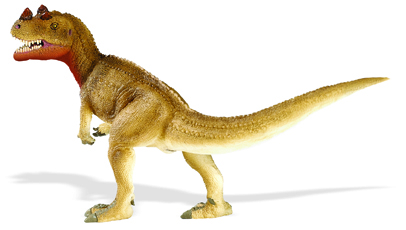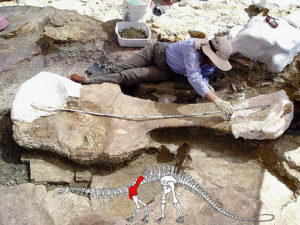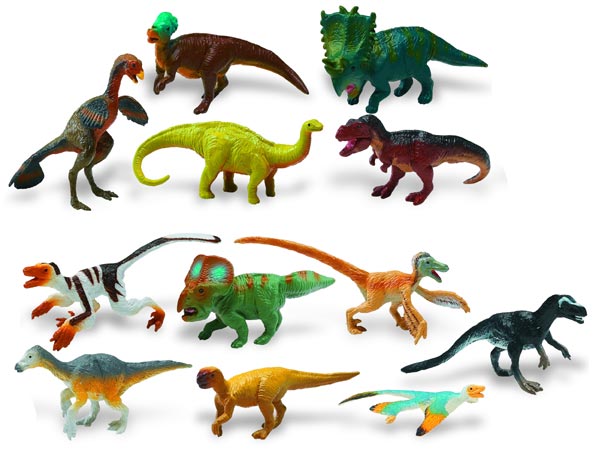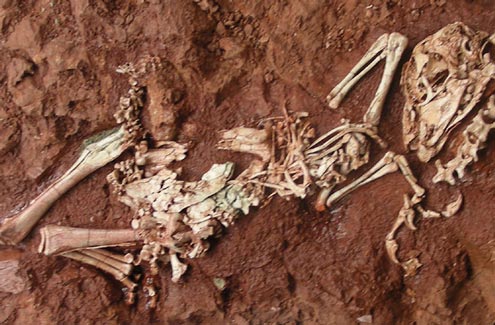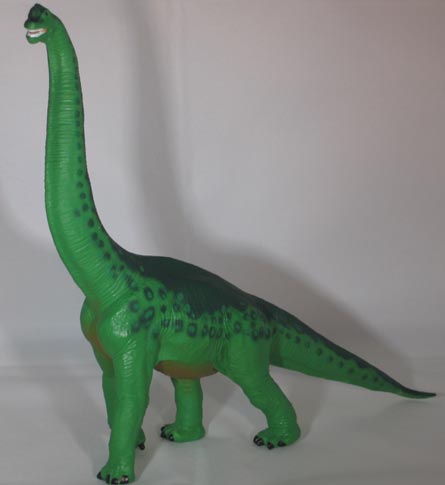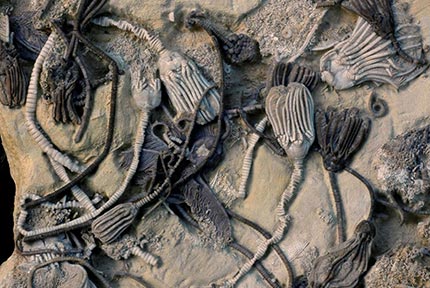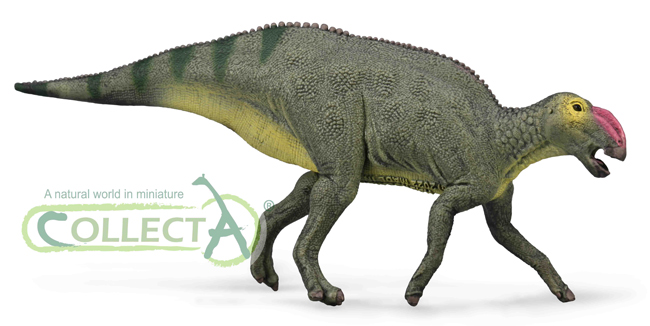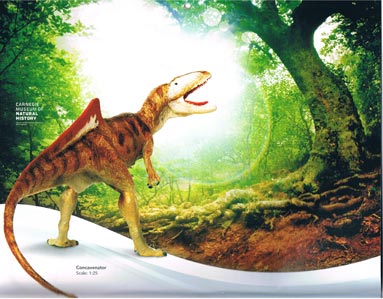American Researchers Uncover Rare Oligocene Fossils in Libya
Scientists Benefit from the Arab Spring
The political changes in north Africa, the movement for political change known as the “Arab Spring” is providing palaeontologists and geologists with the opportunity to explore parts of the continent that hitherto they had been denied access to.
Oligocene Fossils
Although much of this region is still experiencing turmoil, new fossil discoveries are now being made. For example, a team of scientists from the Carnegie Museum of Natural History (Pittsburgh, Pennsylvania) working closely with a team from the University of Tripoli (Libya), have uncovered the fossilised remains of a number of prehistoric mammals including an ancient member of the Felidae, an example of one of the prehistoric lion genera that existed in Africa during the Oligocene Epoch. The fossils may represent the oldest example of an ancestor of today’s lions discovered to date.
At the turn of the year, team members at Everything Dinosaur were asked to come up with some palaeontology based predictions for 2013. One of the things they predicted was that there would be some exciting fossil discoveries as a result of the greater freedoms being afforded to scientists as a result of the Arab Spring.
To read more about our New Year predictions: Palaeontology Predictions for 2013.
The fossil site, located at Zallah Oasis in the Sirt Basin (central Libya), is approximately 300 miles south-east of Tripoli. The strata represents a marine/continental transitional zone and rodent fossils discovered during an earlier expedition have helped date the site to the Early Oligocene, approximately 32 to 28 million years ago. At this location the scattered columns of petrified trees lie on the surface of the sand, unusual and striking sights in the Sahara desert.
An Ancient River Basin
Evidence suggests that this area thirty million years ago represented a river basin, an area that was very swampy, hot and humid, an environment similar to the Floridian Everglades today.
Along with turtle and crocodile fossils, the joint U.S and Libyan team have found fossils that represent the oldest member of the cat family found in North Africa, it could be the oldest mammalian carnivore discovered in this part of the world to date.
Commenting on the fossil finds, Christopher Beard, a palaeontologist at the Carnegie Museum of Natural History stated:
“We have found a wonderful new location, unknown to scholars, that offers a unique window on the past.”
However, working in such an environment is not without its trials and tribulations. Not only does the research team have to endure the harsh field conditions with the inherent risks of sun stroke and scorpion stings but due to the difficulties relating to security, a heavily armed escort is required to keep the scientists safe.
Working in Libya
The American research team chose to ignore the current advice of the United States Government which warned against all but essential travel to Libya. Indeed, the United Kingdom Foreign and Commonwealth Office has issued similar advice suggesting that all but essential travel to Libya be suspended due to the threat of violence, terrorism and kidnapping. Ignoring these warnings the scientists from the Carnegie Museum organised the field work with the support and assistance of Mustafa Salem from the University of Tripoli.
Mammal Fossils
This joint Libyan/American team have been rewarded with the discovery of a new fossil location at Zallah Oasis which may well prove to be one of the most important Cenozoic fossil sites in the whole of Africa.
Described as a location that offers “a spectacular place to look at evolution”, the team are hoping to find more vertebrate fossils including those of primates that may help to flesh out the evolutionary branch that ultimately led to the emergence of our own species.
Dr Beard stated that in Libya there was a tremendous interest in organising further collaborative projects of this nature. The rich and diverse geological history of this part of the world still has a lot of information to yield up to field teams and hopefully working in conjunction with oil companies and other organisations looking for fossil fuels and mineral resources, more expeditions such as this will be allowed to take place.
Put on Display at a Local Museum
Hopefully, the fossils discovered in this remote part of the Sahara desert could be brought back to Tripoli or perhaps to Benghazi and put on display so that the Libyan people could be given the chance to learn about their country’s prehistoric past. Although, the mounting of such expeditions remains extremely difficult, restrictions have eased somewhat. For instance, when Dr Beard organised an expedition to Libya in 2010 it took nearly three years to arrange a visa. However, this time all it took was one letter of invitation and kind permission from the Libyan oil company Zueitina to work close to one of their desert facilities.
Whilst the American team have been successful with their request to work in Libya, other scientists from Italy and the United Kingdom are still waiting for security clearance and permission so that they can return to Libya to carry out field work.
For replicas and models of ancient mammals and other prehistoric creatures: Safari Ltd – Prehistoric Animal Figures.


